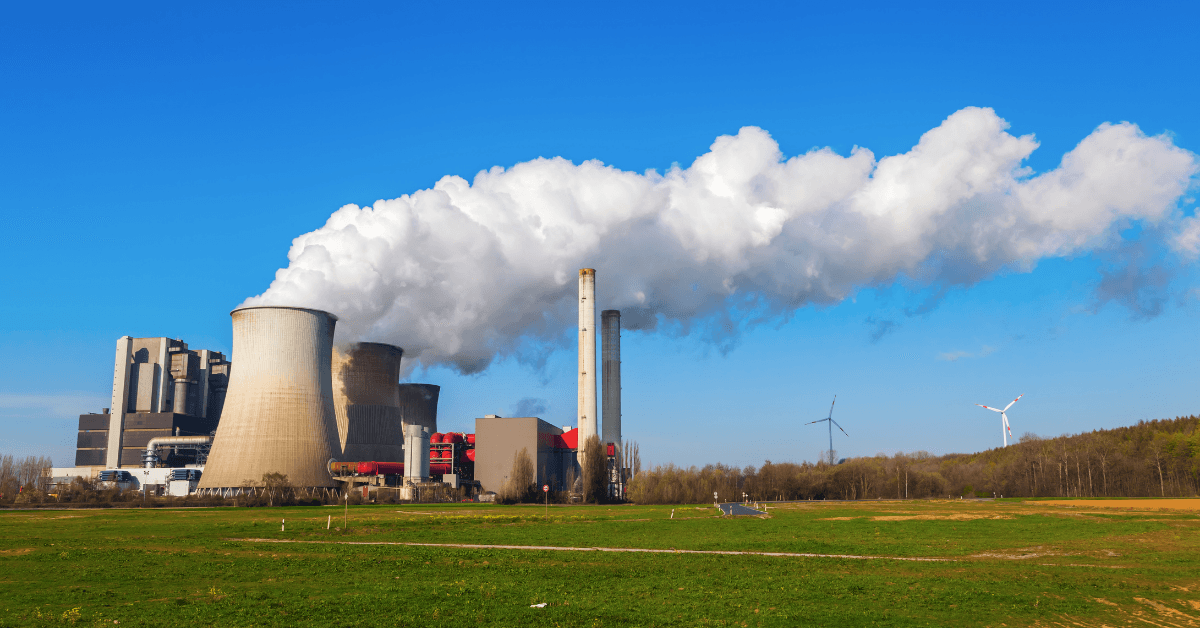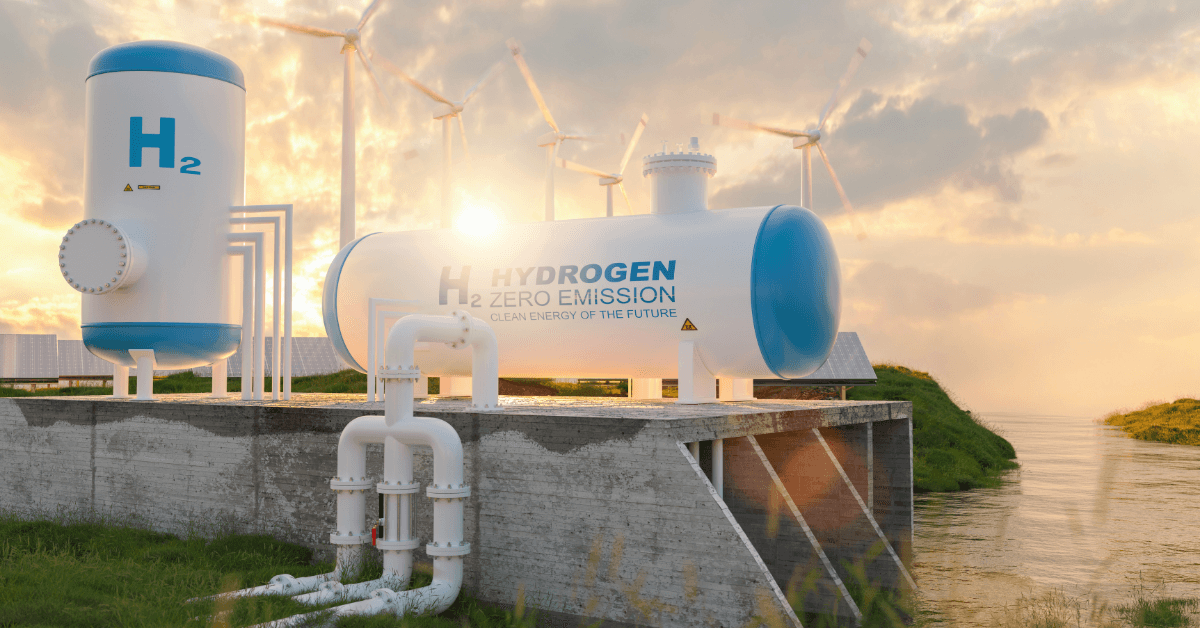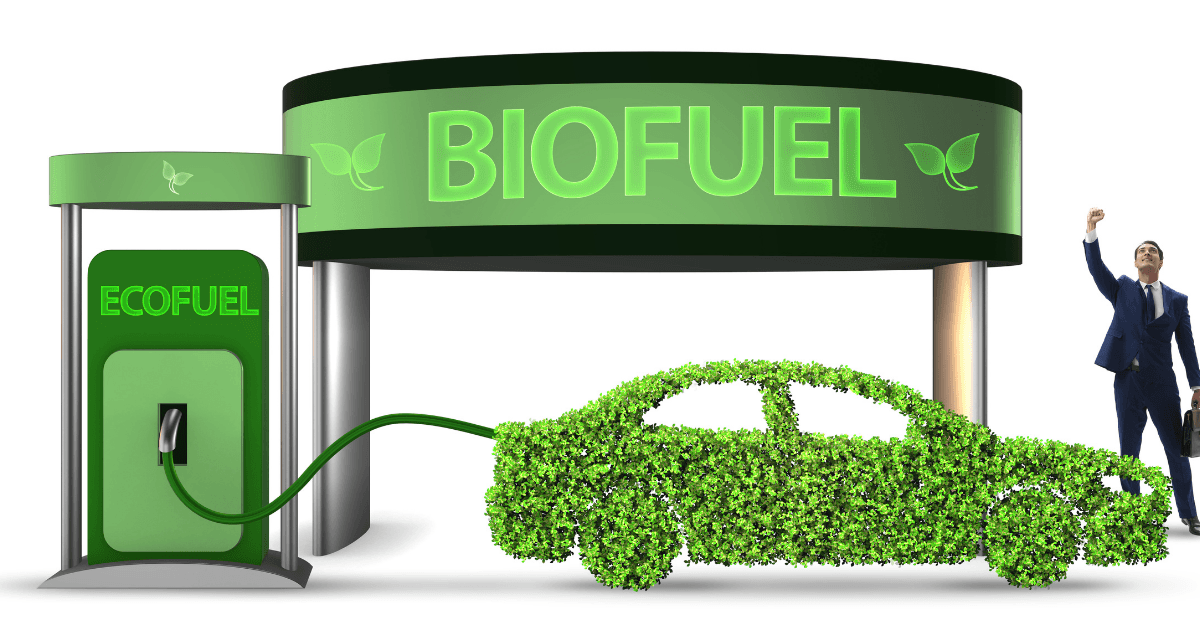Overview: Electrofuels: What Are They?
Often referred to as “e-fuels,” electrofuels hold the potential to revolutionize sustainable energy. We use renewable power to create electrofuels, rather than conventional biofuels. Electrofuels-This process transforms water and carbon dioxide (CO2) into liquid or gaseous fuels. Imagine using carbon-neutral energy to power industry, automobiles, and aircraft! Let’s examine the operation of electrofuels, as well as their advantages, difficulties, and potential to revolutionize world energy systems.
How Are Electrofuels Operational?
E-Fuels combine chemistry and renewable energy with state-of-the-art technology. First, engineers separate water into hydrogen (H₂) and oxygen (O₂) using electrolysis. They then mix this hydrogen with CO₂ that has been extracted from direct air capture or industrial emissions. After that, catalysts speed up processes to create hydrocarbons like synthetic fuel, methanol, and methane.
Power-to-liquid (PtL) systems, for example, transform CO₂ and hydrogen into liquid fuels. Methane is also produced using power-to-gas (PtG) systems. Although these operations require a large amount of electricity, sustainability is ensured by using solar, wind, or hydropower.

Key Advantages of E-Fuels: Why They Matter-Electrofuels
1. The neutrality of carbon
E-Fuels recycle CO instead of releasing it as new emissions. They only release the CO₂ utilized in manufacture when they burn. Net greenhouse gas emissions are significantly decreased by this closed-loop technology.
2. Solution for Energy Storage
Intermittency is a problem with renewable energy sources like solar and wind. E-Fuels provide a steady source of energy during times of low generation by chemically storing surplus energy.
3. Interoperability with Current Facilities
E-Fuels are compatible with modern engines, pipelines, and fuel stations, unlike hydrogen, which requires new storage systems. They may be used by the maritime and airline sectors without requiring expensive retrofits.
4. Worldwide Scalability
Nations with a surplus of renewable energy sources and a shortage of fossil fuels can produce E-Fuels locally. This increases energy security and lessens dependency on oil imports.
Obstacles Precluding E-Fuels
Although promising, electrofuels have challenges. High production costs continue to be an obstacle. CO₂ collection methods, electrolyzers, and renewable power are costly. These technologies require significant expenditure to scale.
Another issue is energy efficiency. Converting electricity to fuel results in the loss of up to 50% of its original energy. Opponents contend that electrification through direct use of renewable energy sources makes more sense.
There are also difficulties in getting CO₂ in a sustainable manner. Industrial pollutants can be captured, but scaling up necessitates direct air capture, which still uses a lot of energy.

New Developments in Electrofuel Technolog
Researchers and companies are directly addressing these issues. Companies like Sunfire GmbH and Siemens Energy, for instance, create effective electrolyzers. To cut expenses, others, like Climeworks, improve direct air capture methods.
The Haru Oni facility of HIF Global uses wind energy to create synthetic gasoline in Chile. By 2026, Norsk e-Fuel in Norway hopes to offer 50 million liters of electrofuel yearly. Governments are stepping in as well; electrofuel initiatives are part of Germany’s €9 billion investment in hydrogen.
Comparing Other Green Alternatives with E-Fuels-Electrofuels
How do batteries, hydrogen, and biofuels compare to electrofuels? Let’s make a comparison:
Batteries perform well in light-duty transportation but poorly in freight and airplanes. For long-distance transport, electrofuels have a higher energy density.
The hydrogen
New infrastructure is necessary for hydrogen fuel cells. However, electrofuels facilitate the shift by utilizing pre-existing systems.
Biofuels vie for land with food crops. By utilizing CO₂ and water instead, electrofuels prevent such events and liberate agricultural land.
The Path Ahead: Electrofuel Scaling
Three stages are required to mainstream E-Fuels:
Cut Expenses
Developments in electrolysis and CO collection will reduce costs. Carbon pricing and government incentives can hasten adoption.
Increase the capacity of renewable energy.
Growing hydro, solar, and wind energy guarantees affordable, clean electricity for the creation of electrofuel.
Boost Policies
Requirements for synthetic fuels in shipping and aviation, such as the EU’s ReFuelEU program, will drive demand.

Conclusion: A Revolution in Clean Energy
E-Fuels provide a link between hard-to-decarbonize industries and renewable energy sources. Even though there are still obstacles, quick innovation and international cooperation may unlock their potential. We are laying the foundation for a carbon-neutral future by investing in this technology now. Keep checking our blog for updates as we continue to pioneer electrofuels!



